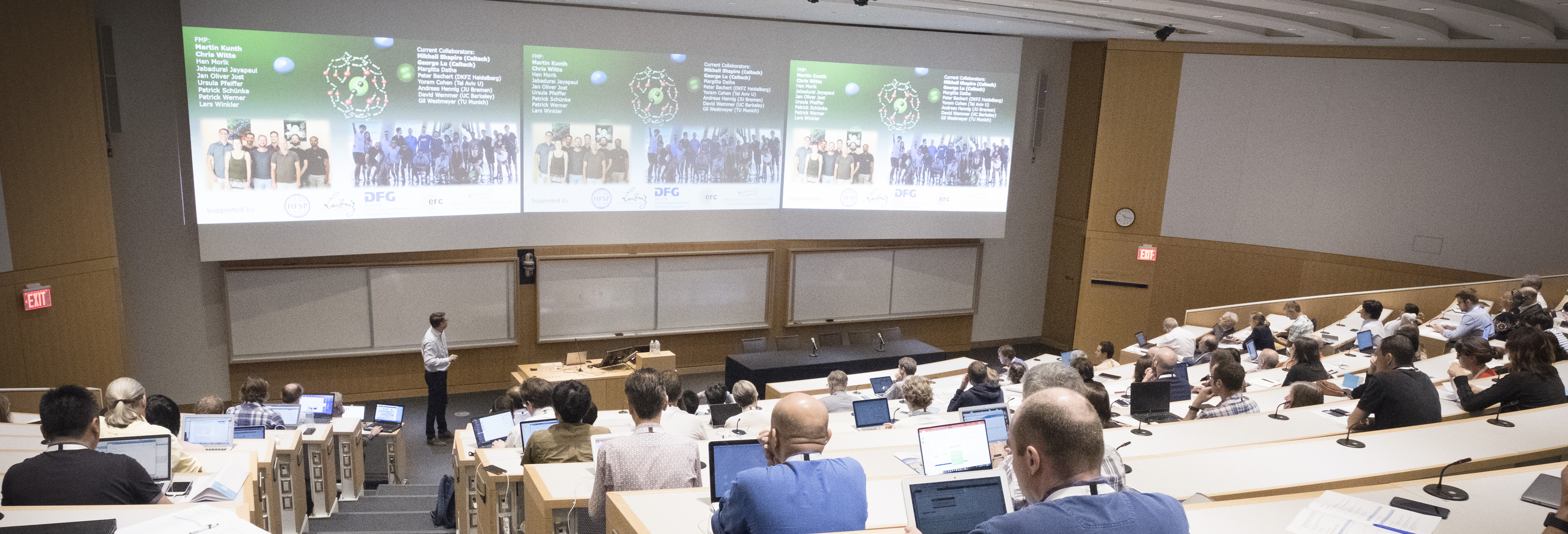
Distinguishing Features of the HFSP Research Grant Program
HFSP Research Grants support innovative basic research into fundamental biological problems with emphasis placed on novel and interdisciplinary approaches that involve scientific exchanges across national and disciplinary boundaries (see guidelines).
Participation of scientists from disciplines outside the traditional life sciences such as biophysics, chemistry, computational biology, computer science, engineering, mathematics, nanoscience or physics is recommended because such collaborations have opened up new approaches for understanding the complex structures and regulatory networks that characterize living organisms, their evolution and interactions.
Research grants are provided for teams of scientists who are based in different countries and wish to combine their expertise in innovative approaches to questions that could not be answered by individual laboratories. Preliminary results are not required and applicants are expected to develop new lines of research through the research collaboration.
It is understood that such research inherently contains risks and HFSP expects that teams of applicants address the risks and outline mitigation strategies for their research in case of failure and how they intend to achieve their goals.
Applications for applied research, including medical research typically funded by national medical research bodies, will be deemed ineligible (see guidelines).
Applicants can check the HFSP Science Digest on recently awardee projects.
Two types of Grant are available: Research Grants – Early Career and Research Grants – Program.
Research Grants - Early Career* | Research Grants - Program |
Both provide three years support for 2 – 4 member teams.
Awards are fixed sums dependent upon team size.
*Former Young Investigators


































